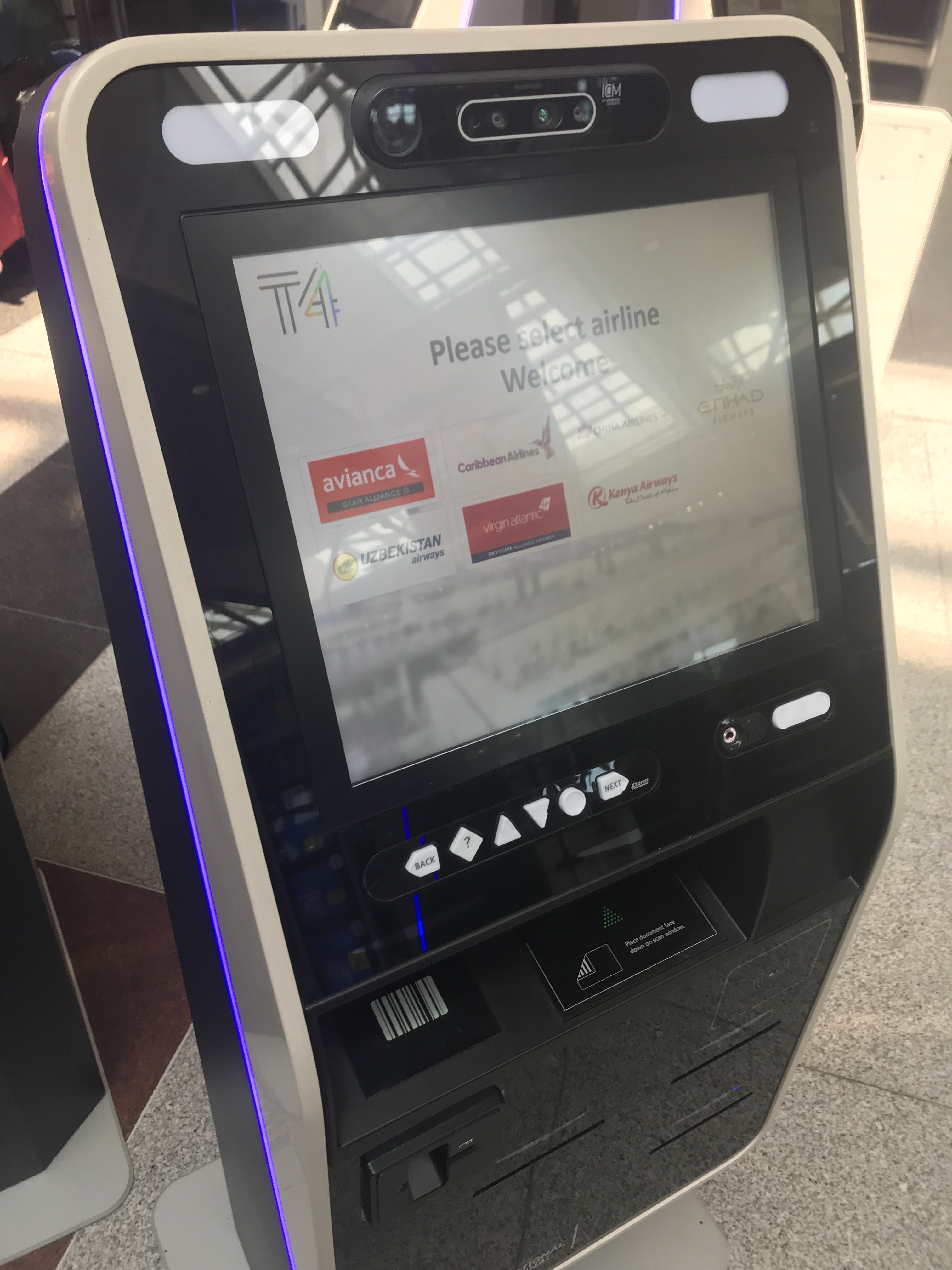Sharkey is a misskey fork
AdrianTheFrog
Sure, I could definitely see situations where it would be useful, but I'm fairly confident that no current games are doing that. First of all, it is a whole lot easier said than done to get real-world data for that type of thing. Even if you manage to find a dataset with positions of various features across various biomes and train an AI model on that, in 99% of cases it will still take a whole lot more development time and probably be a whole lot less flexible than manually setting up rulesets, blending different noise maps, having artists scatter objects in an area, etc. It will probably also have problems generating unusual terrain types, which is a problem if the game is set in a fantasy world with terrain that is unlike what you would find in the real world. So then, you'd need artists to come up with a whole lot of datat to train the model with, when they could just be making the terrain directly. I'm sure Google DeepMind or Meta AI whatever or some team of university researchers could come up with a way to do ai terrain generation very well, but game studios are not typically connected to those sorts of people, even if they technically are under the same company of Microsoft or Meta.
You can get very far with conventional procedural generation techniques, hydraulic erosion, climate simulation, maybe even a model of an ecosystem. And all of those things together would probably still be much more approvable for a game studio than some sort of machine learning landscape prediction.
I don't know of any games that use machine learning for procedural generation and would be slightly surprised if there are any. But there is a little bit of a distinction there because that is required at runtime, so it's not something an artist could possibly be involved in.
Copy the link of the image. You see the bit at the end of the url that says ?format=webp? Change that to ?format=png.
Lemmy often doesn't show images in original quality unless specifically requested to.
Edit: which is fair, because the lossy webp is 51 kb vs 513 for the png. Compressed for longer, it could be a 265 kb lossless jxl though. Once Mozilla and Google finally add support (which is actually happening now!). It could also be a 322 kb lossless avif. All of these aren't max effort, just the effort that takes about 6 seconds on Image Toolbox on my phone
Lossily, avif > webp > mozjpeg > jxl > jpegli for this image, although I think this is just because jxl and jpegli use the same perpetual tuning method which must not favor dark areas. Which might be good for most images but certainly is terrible for this one. It certainly is much better at the bright areas. Mozjpeg vs jxl -> lossless webp (equivalent compressed size)
Note that all of the lossless formats would have been much smaller if the original screenshot in the mastodon post was lossless
No, I don't think so. There is cleanup required on the rails of course, but it's used fairly regularly in some places I think when the tracks are wet
A lot of trams carry sand that they can put on the rails to get more grip when they need to break really fast. That might be what happened there
You know, the new word is 'affordability.' Another word is just 'groceries.' It's sort of an old-fashioned word but it's very accurate. And they're coming down
such an eloquent speaker
people are saying that the witcher 3 works really well with the winulator app (uses wine and box86, which i've heard usually performs a tiny bit better than FEX, what valve is using, at the cost of occasional innacuracies)
not disagreeing, but if you just want to run the witcher 3 on your phone you can do it right now
get rid of the vr stuff and add a normal touchscreen instead, make the UI a bit more phone-like, add a cellular connection, get rid of monochrome and add color cameras, make it a little thinner, integrate the battery, add a bunch of phone apps (calculator, texts, calls, browser, notes, email, camera, etc)
computing-wise, it is very similar tho, it has the exact same processor that's in my phone, just a bit more ram, can be configured to have the same amount of storage
I think linux is the point. Because Valve has put SteamOS on their VR headset (which uses the same processor I have in my phone) it would be expected for them to do the same to a phone. Having a phone with an optimized emulator, a normal linux for arm desktop mode, and Steam built in would be very nice IMO, there are a lot of PC games that play fairly well with on-screen controls or even one of those controller phone cases that you can buy, and it's very hard to find good mobile games in comparison. I have the app Winulator on my phone, which sort of does that same thing, except not insanely reliably, and with meh UX, and it can't really run Steam (last I checked, I couldn't get it to work, it might be easier now idk), and you can't run linux x86 or ARM apps or windows ARM apps through it like I think people will be able to on the Steam frame.
the gpu is weak, but with proper foveated rendering it is absolutely good enough I think






As alternatives to webkit/chromium/gecko browsers go, I like ladybird's speed of progress and their mentality of doing everything themselves (no external dependencies), but Kling's political views are concerning. Servo is going slower but still making progress (fell behind in implementing web standards), and both are kinda terrible in terms of speed afaik